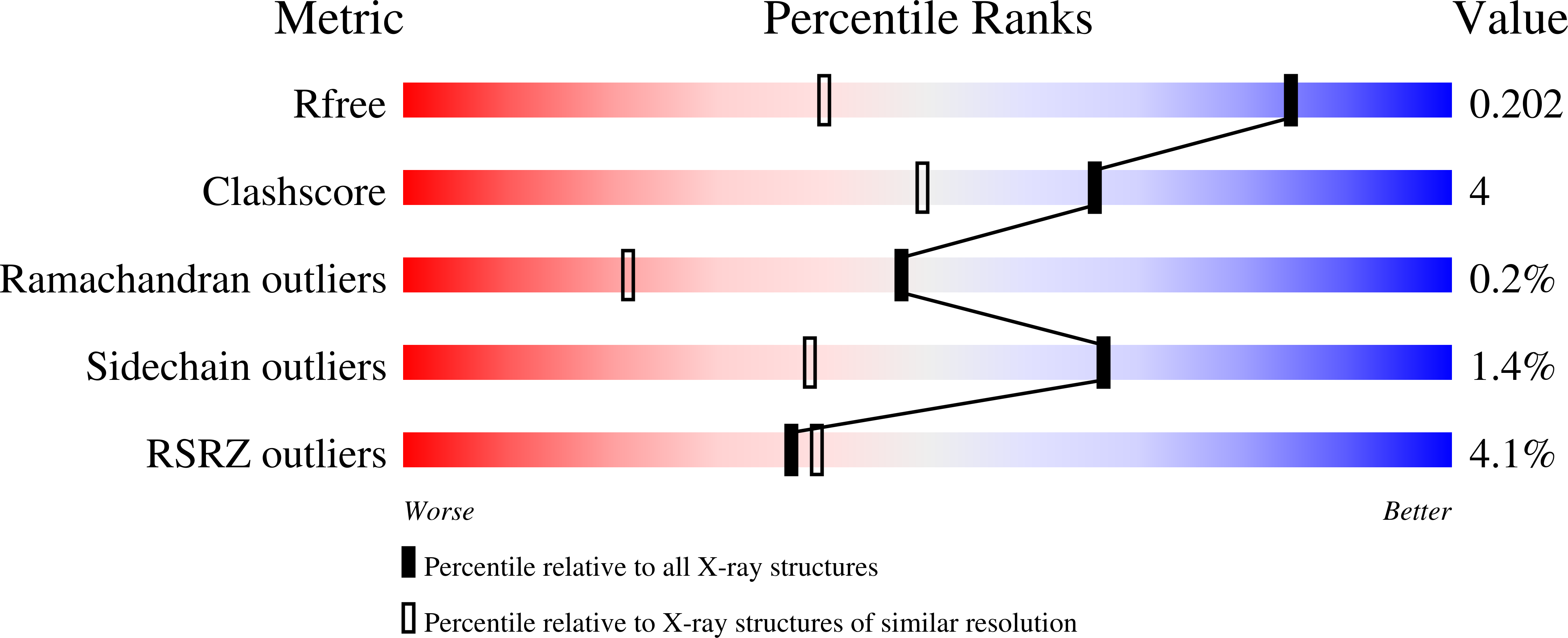
Deposition Date
2022-06-08
Release Date
2022-12-07
Last Version Date
2023-11-15
Entry Detail
Biological Source:
Source Organism:
Staphylococcus aureus (Taxon ID: 1280)
Host Organism:
Method Details:
Experimental Method:
Resolution:
1.39 Å
R-Value Free:
0.19
R-Value Work:
0.16
Space Group:
P 32 2 1


